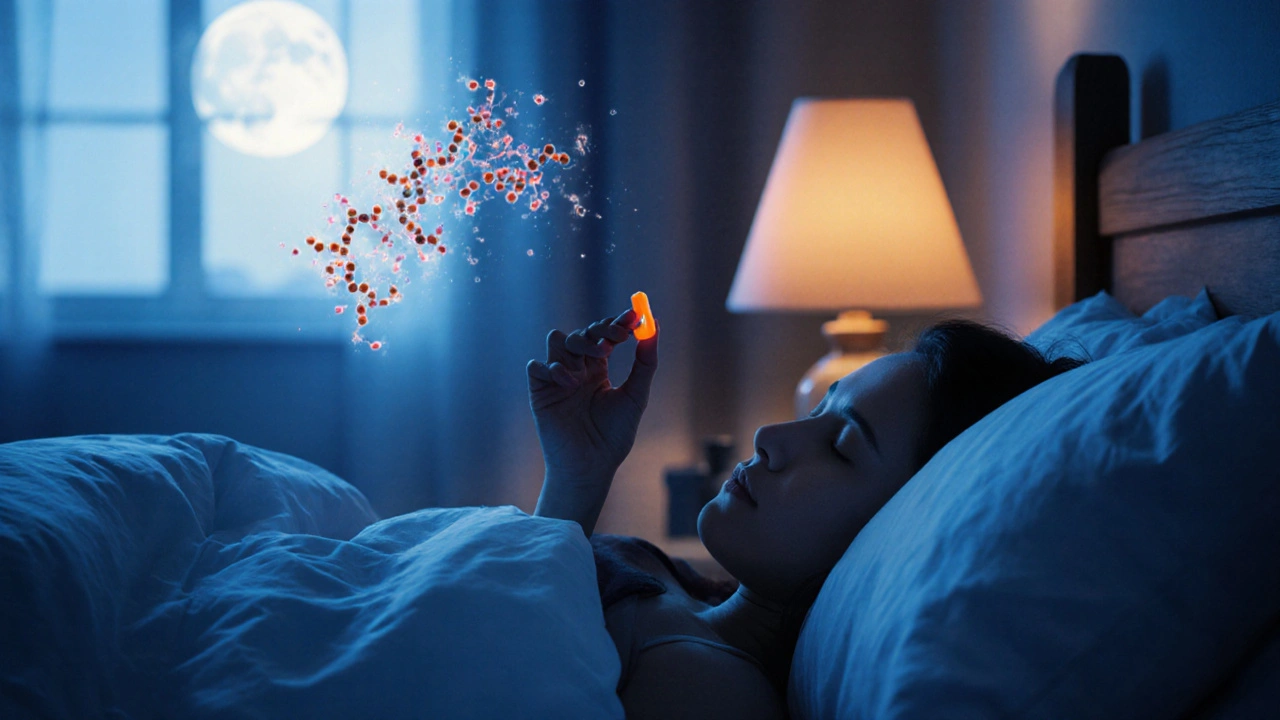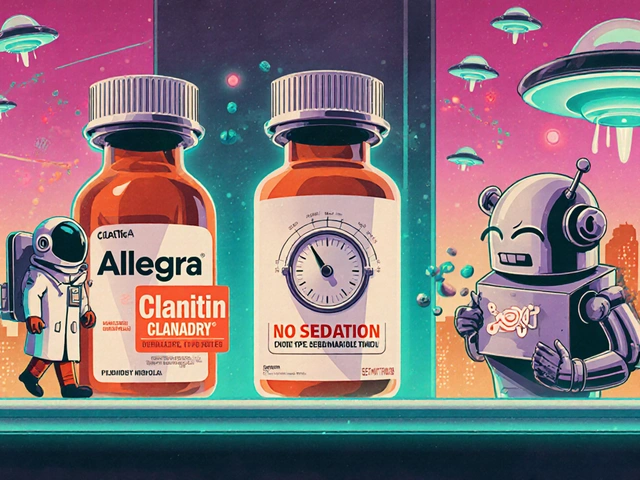Sleep Aid Comparison: Find the Right Rest‑Helper for You
When exploring sleep aid comparison, a side‑by‑side look at how different sleep‑helping products work, their risks, and when they fit best. Also known as sleep aid guide, it helps you weigh options instead of guessing.
One of the most common entries in any sleep aid comparison is Melatonin, a naturally occurring hormone that signals the body it's time to wind down. Its main attribute is timing: low doses (0.5‑3 mg) taken 30‑60 minutes before bed can shift circadian rhythms without a prescription. Because it mimics the body’s own signal, melatonin usually has few side effects, making it a go‑to for shift workers, jet‑lag sufferers, and anyone who prefers a non‑drug approach.
On the prescription side, Zolpidem, a short‑acting hypnotic that binds to GABA receptors to induce sleep quickly stands out. Its key attributes are rapid onset (within 15 minutes) and a typical 6‑hour window, which reduces morning grogginess for many users. However, dosage must be strictly followed (5‑10 mg) and it’s not recommended for people with a history of substance misuse because of its habit‑forming potential.
Another frequent contender is Diphenhydramine, an antihistamine that causes drowsiness as a side effect and is sold over the counter for short‑term sleep. Its main attribute is accessibility: you can buy it in pharmacies without a script. The trade‑off is a longer half‑life, which can lead to next‑day sluggishness, especially in older adults. It also carries anticholinergic warnings, so it’s best reserved for occasional use.
A solid sleep aid comparison looks at onset speed, total sleep time, safety profile, cost and legal status. Onset ranges from the 15‑minute kick‑in of zolpidem to the 30‑minute window of melatonin, while diphenhydramine may take an hour. Duration varies: melatonin assists the body’s natural cycle, zolpidem covers a typical night, and diphenhydramine can linger into the morning. Safety is another triple: melatonin is low‑risk, diphenhydramine poses anticholinergic concerns, and zolpidem demands prescription monitoring. Cost also shifts—OTC melatonin and diphenhydramine are cheap, whereas zolpidem is pricier and insurance‑dependent.
How to Pick the Best Option for Your Night
Start by asking yourself three questions: Do you need a one‑time fix or a nightly routine? Are you comfortable with a prescription, or do you prefer something you can grab off the shelf? Finally, what health conditions or medications could interact with the sleep aid? If you only need occasional help after a late flight, diphenhydramine might be enough. For chronic insomnia with a doctor’s guidance, zolpidem offers reliable, fast results. If you’re looking for a natural rhythm boost without strong side effects, melatonin fits the bill.
By keeping these factors in mind, you’ll see how each sleep aid fits into a broader health plan. Below you’ll find detailed articles that dive deeper into each product, compare prices, list side‑effects, and suggest practical tips for safe use. This collection makes your sleep aid comparison easy, actionable, and tailored to real‑world needs.
 12 October 2025
12 October 2025
Trazodone vs. Alternatives: Which Sleep Aid Is Right for You?
A clear, side‑by‑side look at trazodone and its main sleep‑aid alternatives, with guidance on picking the right option, safety tips, and FAQs.
Latest Posts
-

Antihistamines: Types, Side Effects, and Safe OTC Use Guidelines
-

Best 5 Natural Melasma Remedies for Faster Skin Lightening
-

Promo codes for on-line drug store rxmedicin.com
-

Pancreatitis: Understanding Acute vs. Chronic and the Role of Nutrition in Recovery
-

Leprosy and Human Rights: Advancing Equality and Dignity

15